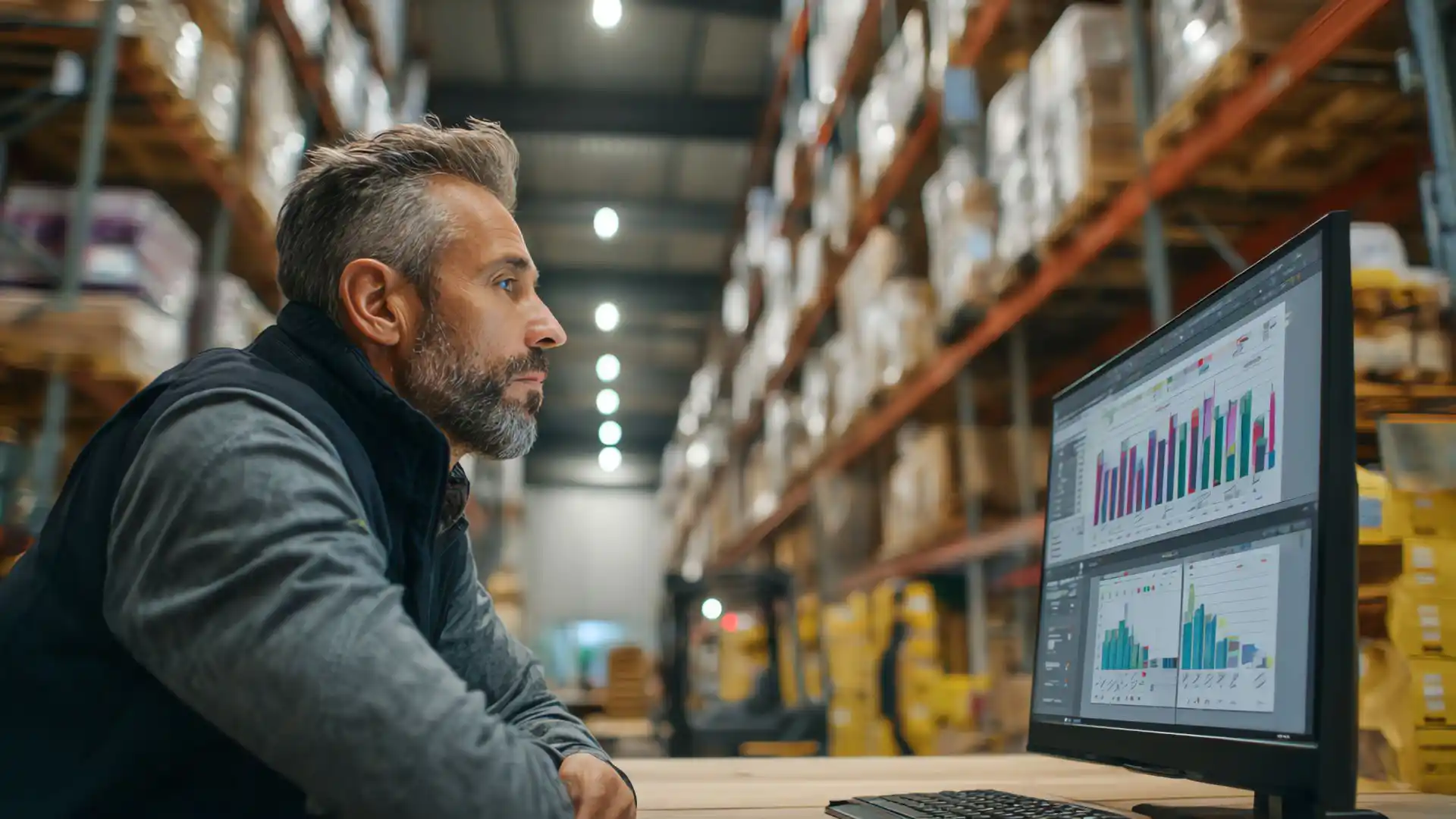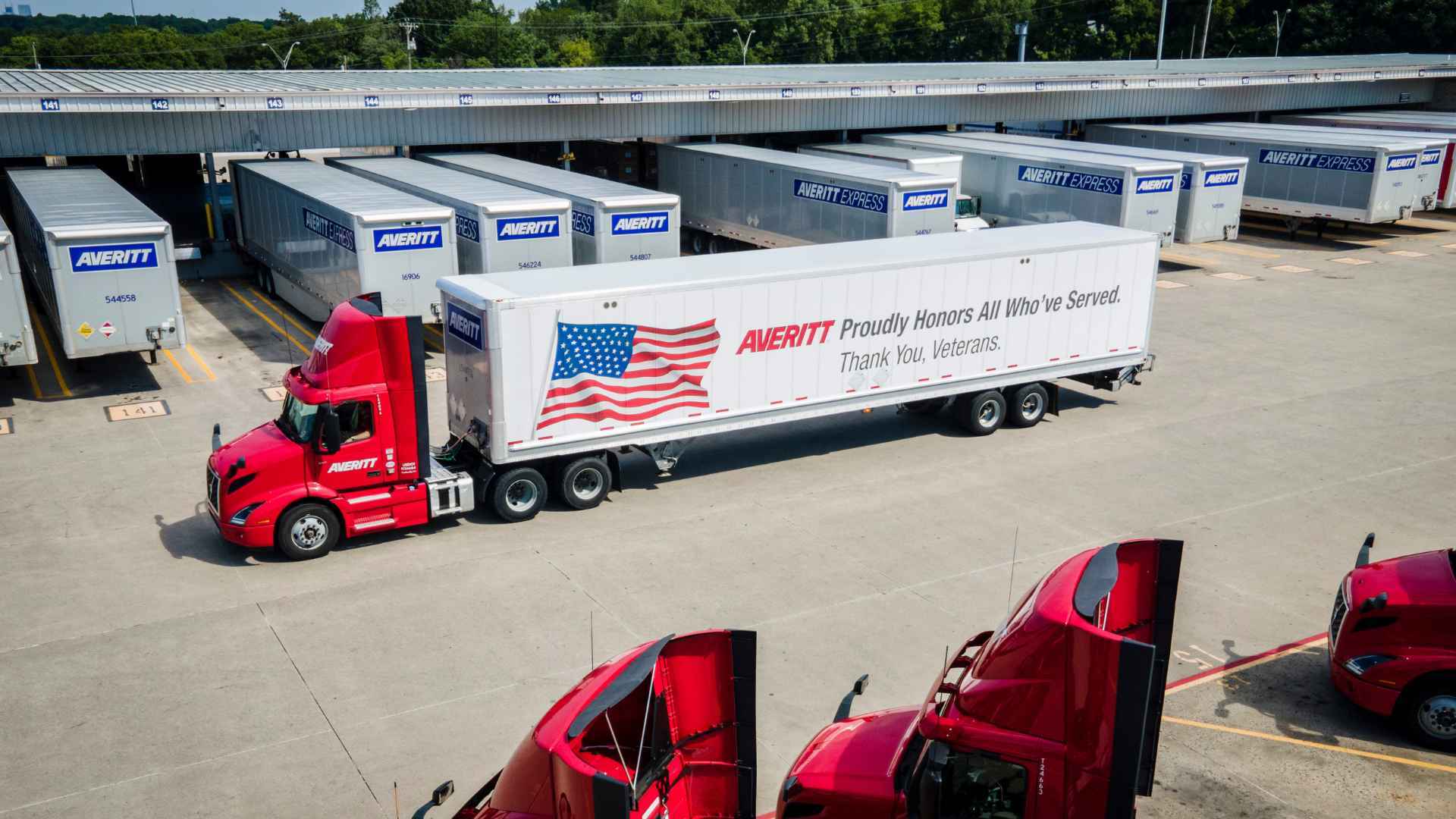If you’ve been following trade headlines lately, you’ve seen the pattern: stability one week, uncertainty the next.
Just days apart, news broke that U.S. and Canadian trade talks had suddenly halted even as U.S.–China negotiators inched closer to a new deal. Each of those developments could reshape manufacturing and freight flows across North America — and that was just one week’s worth of news.
For supply chain leaders, this is the reality heading into 2026: tariffs, sanctions, and shifting trade policies aren’t isolated events anymore. They’re part of the rhythm of doing business. The question isn’t whether conditions will change — it’s whether your supply chain can change with them.
Flexibility: The New Measure of Supply Chain Strength
For years, companies optimized their supply chains around efficiency — lean inventories, limited providers, and predictable trade lanes. But efficiency without flexibility can quickly become fragility.
The shippers best positioned for 2026 are those building optional pathways: multiple port entries, domestic and cross-border sourcing, and multimodal transportation options that can flex as policies and markets shift.
That’s why Averitt continues to invest in asset-based capacity at key U.S. gateways including Savannah, Charleston, Houston, Mobile, and Norfolk — giving customers options when congestion, fees, or new tariffs hit one region.
Shipping through the Port of Mobile? Our asset-based solutions will streamline your inbound and outbound cargo needs. Watch the video below to learn more.
Welcome to the latest jewel in Averitt's crown of services. Our new one hundred twenty thousand square foot service center, and distribution and fulfillment facility in Mobile, Alabama. Although we've had a presence in Mobile for years, this new facility is designed to maximize on the city's growing potential, with its less congested ports, robust infrastructure, and direct route to expanding markets. It also builds on our existing port and fulfillment services and strong partnerships with APM terminals and the Alabama Port Authority. With forty additional dock doors, a maintenance facility, driver support center, and truck wash, over four hundred parking spots, and strategic access to major interstates and local ports. This facility represents the newest and best multifunction logistics center in the market. It was also built with an eye on sustainability and the future for our customers, our associates, and our planet, and it's ready to propel your business forward. We're here and ready to help keep your business on the move. Whether you're reaching across the state or around the globe.
And when time-sensitive freight can’t wait, Averitt’s air cargo and forwarding services connect global origins to U.S. markets, ensuring manufacturers have an expedited option that keeps production and delivery on schedule.
From Global to Regional: The Rise of the North American Supply Chain
The past few years have seen a powerful trend accelerate — the move from global sourcing to regional production. Companies are diversifying away from single-country reliance and investing more heavily in U.S., Mexico, and Canada operations.
The U.S.–Mexico–Canada Agreement (USMCA) has made this shift even more strategic. Manufacturers can reduce lead times, improve delivery reliability, and avoid some of the volatility of overseas shipping by keeping their supply networks closer to home.
Averitt plays a critical role in that ecosystem. With bilingual customs coordination, partnerships across Mexico and Canada, and cross-border services that connects drayage, distribution, and inland trucking under one roof, Averitt helps shippers execute truly North American logistics strategies.

Integrated Assets = Faster Adaptation
When trade rules shift, companies need more than access — they need control. That’s where integration becomes an advantage.
Averitt’s network combines Dedicated Contract Carriage, LTL, Truckload, Warehousing, and International Logistics within one coordinated system. This allows customers to flex up or down based on demand, secure reliable dedicated capacity during high-volume periods, or redirect freight between modes and markets without starting over with new providers.
That’s the difference between reacting to volatility and planning through it.
Visibility as a Hedge Against Uncertainty
Data visibility has become as valuable as equipment. Platforms like Averitt Connect and ExactRate help shippers see costs, capacity, and performance in real time — turning reactive decisions into proactive strategy.
When tariffs or fees change overnight, these insights help companies determine the best path forward: whether to reroute, delay, or accelerate a move. Visibility is no longer just about tracking freight — it’s about controlling outcomes.
Watch the short video below to learn how Averitt Connect, our carrier-neutral TMS, can help you streamline your transportation management!
struggling with multiple carriers rate quotes and tracking sites now it's never been easier to take control of your ltl and volume shipping needs thanks to averitt connect averitt connect is an online transportation management solution that lets you control your shipping process directly with your carriers it gives you quick access to multiple rates from ltl carriers throughout the us then lets you book and track your shipments through one easy to use online portal dramatically streamlining your freight process no more tracking multiple logins and passwords keeping endless quotes on hand just in case or having to manually manage exceptions and most importantly no more middleman is just you and your carriers with averitt connect carriers provide their own independent rates without seeing what others have offered this ensures you're getting the kind of unbiased information that lets you make the best decision for your business averitt connect is a true direct to carrier tms that will transform your freight process with tools that let you quote coordinate and track all your shipments with all your carriers all on one system and it's available for free from averitt express so visit averittconnect.com today and get started and discover just how simple shipping can be
The Advantage of Preparedness
The past few months have proven that trade conditions can pivot in a heartbeat. Whether it’s new negotiations, new tariffs, or new opportunities, the winners in 2026 will be those whose networks are designed to adapt.
Averitt helps shippers navigate that volatility through integrated assets, regional expertise, and data-driven knowledge that keep supply chains moving no matter how global trade evolves.
Because resilience isn’t built by waiting for stability — it’s built by preparing for change.
Ready to navigate the coming year with the utmost confidence? Schedule a consultation with our team today to discuss your transportation and logistics needs.










